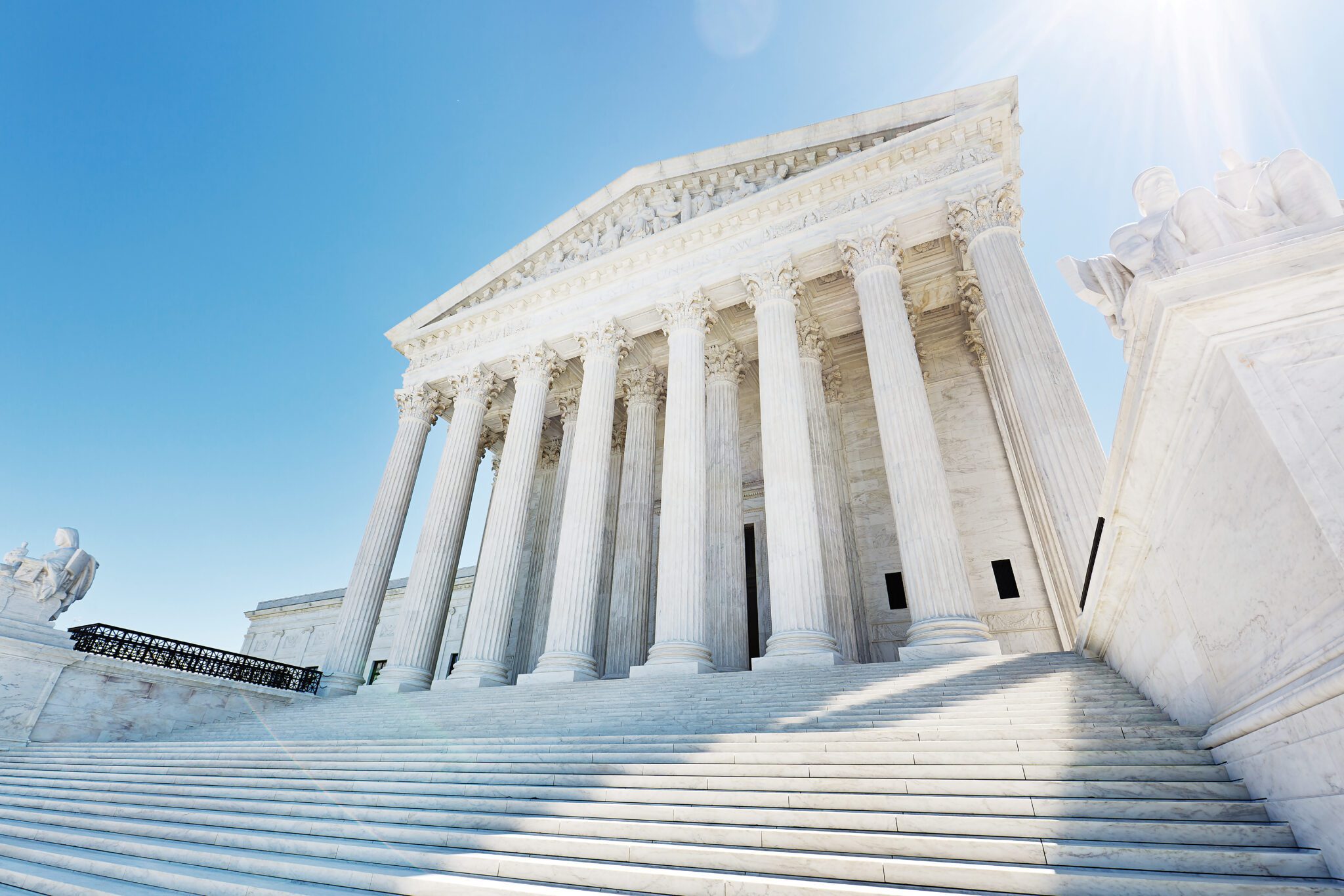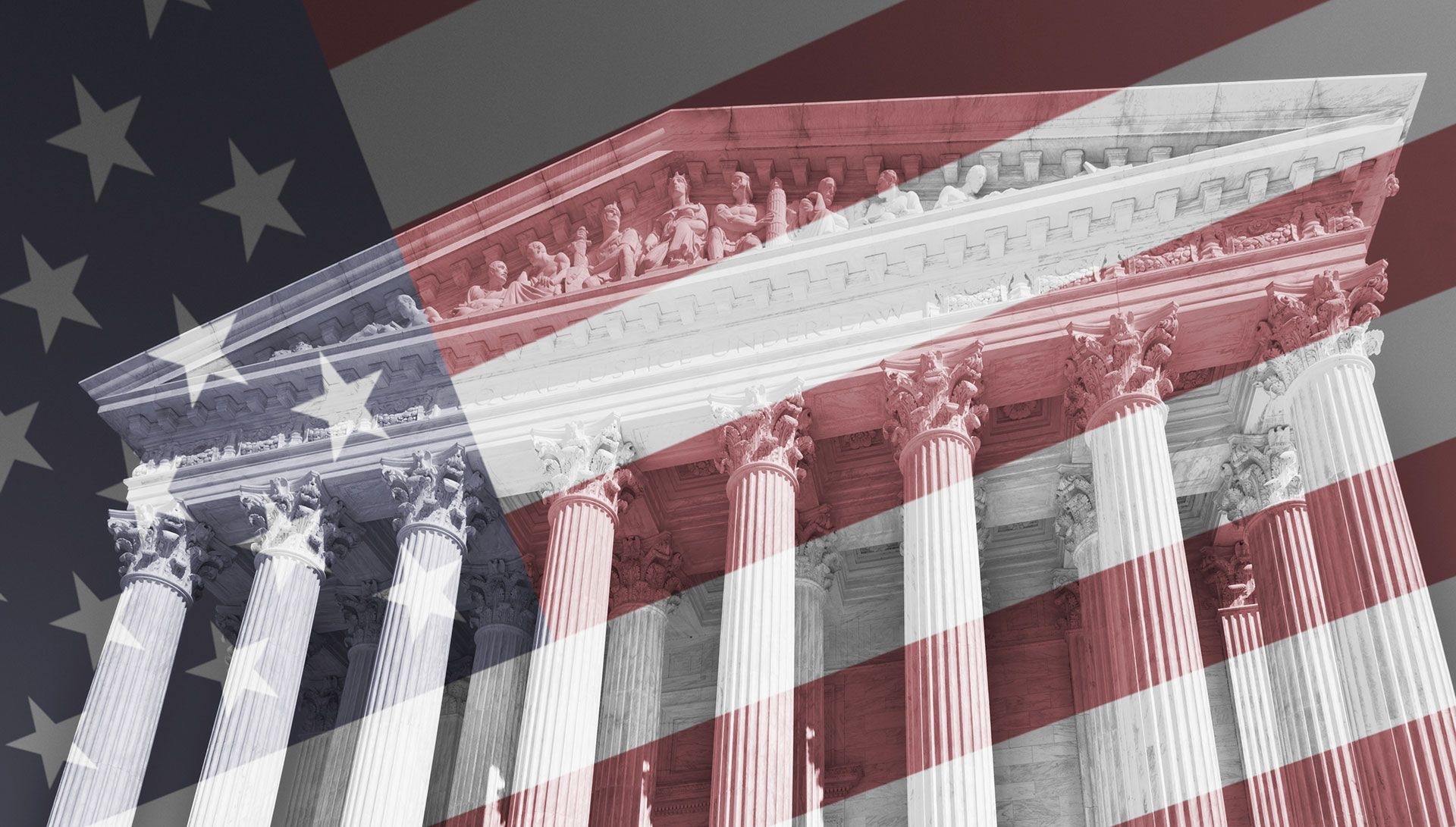A new report by the Senate Select Committee on Intelligence on the CIA’s use of torture of suspected terrorists finds the agency repeatedly lied about brutal techniques that were both ineffective and illegal. The report also highlights examples of the extreme abuse, neglect, and torture of prisoners by CIA interrogators. As Time magazine notes,
Aspects of the detention and interrogation of al Qaeda suspects, according to the report, included: a detainee becoming unconscious during the simulated drowning technique known as waterboarding, requiring medical attention as he regurgitated air and water; a detainee dying from exposure to extreme cold shackled to the floor in what government observers later described as a dungeon; detainees’ injuries being allowed to deteriorate as part of interrogation; and psychological effects from interrogation including hallucinations, paranoia, self-harm and self-mutilation. The report also finds the CIA at times lost detainees and discovered them only after days of neglect.
Since the terrorist attacks on 9/11, Christians in Americans have mostly remained silent about the use of torture or assumed it was a legitimate and warranted tactic in the “war on terror.” A few Christians have given it serious thought, though, and continue to debate its use and morality. Many still disagree on whether torture is always wrong or whether there are certain extraordinary circumstances under which it is an exception to the rule that we cannot justify doing evil that good may come (cf. Romans 3:8).
My own personal view is similar to that of Southern Baptist ethicist Kenneth Magnuson, who has observed,
[E]ven if it is possible to defend torture theoretically, it is far from certain that it can be used justly in practice. Whether it could be contained to the few cases in which it may be justifiable; whether an adequate system of accountability could be set in place to prevent abuses; whether the interrogator is capable of extracting the information with the least coercion necessary (without turning quickly to torture because it is deemed to be justified); and whether it is possible to know for certain that the suspect indeed has relevant information; these are but a few concerns.
Based on this criteria, the report shows that the CIA’s program was not justifiable, did not include an adequate system of accountability to prevent abuses, and did not extract information with the least coercion necessary. For these reasons, the CIA’s actions were both immoral and violated the standards and laws recognized by the U.S. regarding the treatment of prisoners.
But this report should be the beginning, rather than the end, of the discussion on the morality and legality of torture. To aid in future discussions, I’d like to highlight seven things I believe all Christians should know about torture:
1. Torture is clearly defined — Despite the claims of many supporters of the CIA’s methods and techniques, torture is not a murky or ill-defined concept. The legal definition of torture to which the U.S. subscribes can be found in the UN Convention Against Torture:
For the purposes of this Convention, torture means any act by which severe pain or suffering, whether physical or mental, is intentionally inflicted on a person for such purposes as obtaining from him or a third person information or a confession, punishing him for an act he or a third person has committed or is suspected of having committed, or intimidating or coercing him or a third person, or for any reason based on discrimination of any kind, when such pain or suffering is inflicted by or at the instigation of or with the consent or acquiescence of a public official or other person acting in an official capacity. It does not include pain or suffering arising only from, inherent in or incidental to lawful sanctions.
By this standard the CIA has admitted that they have engaged in torture. (At the end of this article I’ve also included other definitions of torture adopted by the U.S.)
2. Many “enhanced interrogation techniques” fit the definition of torture — A list of enhanced interrogation techniques that the CIA has admitted to using are:
1. The Attention Grab: The interrogator forcefully grabs the shirt front of the prisoner and shakes him.
2. Attention Slap: An open-handed slap aimed at causing pain and triggering fear.
3. The Belly Slap: A hard open-handed slap to the stomach. The aim is to cause pain, but not internal injury. Doctors consulted advised against using a punch, which could cause lasting internal damage.
4. Long Time Standing: This technique is described as among the most effective. Prisoners are forced to stand, handcuffed and with their feet shackled to an eye bolt in the floor for more than 40 hours. Exhaustion and sleep deprivation are effective in yielding confessions.
5. The Cold Cell: The prisoner is left to stand naked in a cell kept near 50 degrees. Throughout the time in the cell the prisoner is doused with cold water.
6. Water Boarding: The prisoner is bound to an inclined board, feet raised and head slightly below the feet. Cellophane is wrapped over the prisoner’s face and water is poured over him. Unavoidably, the gag reflex kicks in and a terrifying fear of drowning.
The last three indisputably fit the definition of torture under all seven references.
3. Waterboarding is torture – Waterboarding has been used as a form of torture since the Middle Ages. Oxford scholar Cecil Roth writes in his book The Spanish Inquisition:
The water-torture was more ingenious, and more fiendish. The prisoner was fastened almost naked on a sort of trestle with sharp-edged rungs and kept in position with an iron band, his head lower than his feet, and his limbs bound to the side-pieces with agonizing tightness. The mouth was then forced open and a strip of linen inserted into the gullet. Through this, water was poured from a jar ( jarra ), obstructing the throat and nostrils and producing a state of semi-suffocation. The process was repeated time after time, as many as eight jarras being applied.
The U.S. military has also always considered waterboarding to be torture. During the U.S. Army Trials of Japanese War Criminals Conducted in Yokohama, Japan, Yukio Asano was charged with “Violation of the Laws and Customs of War: 1. Did willfully and unlawfully mistreat and torture PWs.” Among the specifications listed were “beating using hands, fists, club; kicking; water torture; burning using cigarettes; strapping on a stretcher head downward.” Asano was convicted of a war crime for waterboarding American prisoners.
Many critics claim that waterboarding of prisoners cannot be considered torture since the technique has been used in training in the U.S. Navy’s Survival, Evasion, Resistance, Escape (SERE) school. The waterboarding done in SERE, however, has been frequently criticized within the Department of Defense.
Also, as Malcolm Nance, counter-terrorism and terrorism intelligence consultant for the U.S. government’s Special Operations and a former Navy SERE school instructor, said in Small Wars Journal, there is a profound difference between waterboarding in training and what was done by the CIA:
The carnival-like he-said, she-said of the legality of Enhanced Interrogation Techniques has become a form of doublespeak worthy of Catch-22 . Having been subjected to them all, I know these techniques, if in fact they are actually being used, are not dangerous when applied in training for short periods. However, when performed with even moderate intensity over an extended time on an unsuspecting prisoner – it is torture, without doubt.
The CIA’s own Inspector General says that what his agency did and what is done in SERE training are completely different:
A footnote in the recently released 2004 CIA Office of Inspector General’s review of the government’s interrogation program appears to undermine a key legal justification that allowed the spy agency to use the controversial technique of waterboarding against suspected terrorist detainees.
A central legal—and polemic—argument for use of waterboarding has been the fact that some U.S. soldiers are subjected to the procedure during training. In 2002, the Department of Justice’s Office of Legal Counsel wrote a memo approving the technique, based in part on the fact that it had produced no long-term ill effects on soldiers who had undergone waterboarding during training. Those memos were later withdrawn by the DOJ.
But the latest review shows the waterboarding technique used on suspected terrorists was different in technique and duration from that administered to U.S. soldiers.
The OIG report says that experts’ initial analysis of waterboarding “was probably misrepresented at the time,” according to the CIA’s Office of Medical Services, because “the SERE [survival, evasion, resistance, and escape program] waterboard experience is so different from the subsequent agency usage as to make it almost irrelevant.”
As a consequence, the OIG found, “according to [the Office of Medical Services], there was no a priori reason to believe that applying the waterboard with the frequency and intensity with which it was used by the psychologist/interrogators was either efficacious or medically safe.”
4. The U.S. military opposes torture, including waterboarding — Waterboarding has always been defined as torture by American courts and military tribunals.
Sen. John McCain, who was tortured while a prisoner in Vietnam, has said waterboarding is torture and adds, ” People who have worn the uniform and had the experience know that this is a terrible and odious practice and should never be condoned in the U.S. We are a better nation than that. Charles Krulak, former commandant of the Marine Corps, and Joseph Hoar, former commander in chief of U.S. Central Command, say that waterboarding is torture and note that such methods “have nurtured the recuperative power of the enemy.” John Hutson, former Judge Advocate General of the Navy, says “Waterboarding was devised in the Spanish Inquisition. Next to the rack and thumbscrews, it’s the most iconic example of torture.”
As Phillip Carter notes, “If there really were tactical or operational reasons for us to continue waterboarding, you might expect the military to favor it.”
And yet the JAGs and the military oppose the technique in the strongest terms. They oppose it because they recognize it’s not particularly effective, and because they have to worry about our soldiers being subject to such treatment if captured. Most of all, they oppose it because they recognize the value of clarity for maintaining the discipline of America’s military. As one of us has written, “[T]here are few slopes more slippery than that from small war crimes to large ones. Any wartime action, no matter how heinous, can always be justified by some battlefield exigency.”
By claiming that waterboarding is not torture, we are saying that it is not a violation of the Geneva Convention. That means that our enemies are legally justified in using this “interrogation” technique on American service members. This fact was recognized by 29 former high-ranking military officers in a letter sent to Sen. John Warner about their opposition to the redefinition of the Geneva Convention statutes:
We have abided by this standard in our own conduct for a simple reason: the same standard serves to Protect American servicemen and women when they engage in conflicts covered by Common Article 3. Preserving the integrity of this standard has become increasingly important in recent years when our adversaries often are not nation-states. Congress acted in 1997 to further this goal by criminalizing Violations of Common Article 3 in the War Crimes Act, enabling us to hold accountable those who abuse our captured personnel, no matter the nature of the armed conflict.
If any agency of the U.S. government is excused from compliance with these standards, or if we seek to redefine what Common Article 3 requires, we should not imagine that our enemies will take notice of the Technical distinctions when they hold U.S. prisoners captive. If degradation, humiliation, physical and mental brutalization of prisoners is decriminalized or considered permissible under a restrictive interpretation of Common Article 3, we will forfeit all credible objections should such barbaric practices be inflicted upon American prisoners.
This is not just a theoretical concern. We have people deployed right now in theaters where Common Article 3 is the only source of legal protection should they be captured. If we allow that standard to be eroded, we put their safety at greater risk.
The counter to this is that Al Qaeda does not follow the Geneva Convention. While this is true, it is a shortsighted critique. As Sen. McCain says, “I doubt they will be the last enemy America will fight, and we should not undermine today our defense of international prohibitions against torture and inhumane treatment of prisoners of war that we will need to rely on in the future.”
5. Mental torture is as serious as physical torture — The claim that certain techniques cause only “mental” harm misunderstands the nature of torture. John McCain, a man who became intimately familiar with such treatment, explains the power of mental torture:
[T]here has been considerable press attention to a tactic called “waterboarding,” where a prisoner is restrained and blindfolded while an interrogator pours water on his face and into his mouth–causing the prisoner to believe he is being drowned. He isn’t, of course; there is no intention to injure him physically. But if you gave people who have suffered abuse as prisoners a choice between a beating and a mock execution, many, including me, would choose a beating. The effects of most beatings heal. The memory of an execution will haunt someone for a very long time and damage his or her psyche in ways that may never heal. In my view, to make someone believe that you are killing him by drowning is no different than holding a pistol to his head and firing a blank. I believe that it is torture, very exquisite torture.
6. Torture is an ineffective interrogation technique — While it makes no difference to the moral calculus, it is important to note that torture has never been proven to be effective.
In testimony presented to the Senate Judiciary committee, FBI interrogator Ali Soufansaid:
The issue that I am here to discuss today – interrogation methods used to question terrorists – is not, and should not be, a partisan matter. We all share a commitment to using the best interrogation method possible that serves our national security interests and fits squarely within the framework of our nation’s principles.
From my experience – and I speak as someone who has personally interrogated many terrorists and elicited important actionable intelligence– I strongly believe that it is a mistake to use what has become known as the “enhanced interrogation techniques,” a position shared by many professional operatives, including the CIA officers who were present at the initial phases of the Abu Zubaydah interrogation.
These techniques, from an operational perspective, are ineffective, slow and unreliable, and as a result harmful to our efforts to defeat al Qaeda.
The recent report also notes that, based on the CIA’s own records,
The CIA’s use of its enhanced interrogation techniques was not an effective means of acquiring intelligence or gaining cooperation from detainees. . . While being subjected to the CIA’s enhanced interrogation techniques and afterwards, multiple CIA detainees fabricated information, resulting in faulty intelligence. Detainees provided fabricated information on critical intelligence issues, including the terrorist threats which the CIA identified as its highest priorities.
7. Torture harms the torturers too — The damage done by using such torture techniques is not only done to the prisoner. The New York Times notes how the torture disturbed some CIA personnel:
The torture of prisoners at times was so extreme that some C.I.A. personnel tried to put a halt to the techniques, but were told by senior agency officials to continue the interrogation sessions.
The Senate report quotes a series of August 2002 cables from a C.I.A. facility in Thailand, where the agency’s first prisoner was held. Within days of the Justice Department’s approval to begin waterboarding the prisoner, Abu Zubaydah, the sessions became so extreme that some C.I.A. officers were “to the point of tears and choking up,” and several said they would elect to be transferred out of the facility if the brutal interrogations continued.
Psychiatrist Jonathan Shay, author of Achilles In Vietnam: Combat Trauma and the Undoing of Character, found that dehumanizing the enemy during the Vietnam war caused psychological damage to American troops:
Restoring honor to the enemy is an essential step in recovery from combat PTSD (Post Traumatic Stress Disorder). While other things are obviously needed as well, the veteran’s self-respect never fully recovers so long as he is unable to see the enemy as worthy. In the words of one of our patients, a war against subhuman vermin “has no honor.” This in true even in victory; in defeat, the dishonoring makes life unendurable. (pg. 115)
In our attempts to dehumanize our enemy we end up becoming less than human ourselves. It would be a Pyrrhic victory to save civilization and lose our humanity
As political scientist Glenn Tinder once wrote, the human being is both fallen and exalted, sacred and yet morally degraded. These two aspects of humanity cannot be separated. A fact, Tinder admits, that is “hard for common sense to grasp.” Indeed, it is almost impossible to grasp when we try to apply this concept to our enemies. We often fall for one of two extremes.
The “liberal” (read: pacifist) position, for example, tends to be overly empathetic, refusing to use any force at all against an enemy since it can been seen as a failure to “humanize” our foes. But this is just one of the ways in which we can err. The “conservative” position, which seeks retribution and dehumanizes our opponents in order to distance them from ourselves, can be just as dangerous, particularly for those who must carry out this war.
We must never hesitate to defend our culture, our future, and our lives against those who seek to destroy us. The pacifist’s solution of laying down our arms in the face of such an enemy is suicidal. The conservative position, which is willing to face up to and address the evil of terrorism, provides a more adequate approach.
Yet the conservative position must never forget that the evil comes not just from the actions of “subhuman vermin” but from the heart of a fallen, sacred yet degraded, human being. If we are to preserve our own humanity we must not forget that our enemy differs from us in degree, not in kind.
Addendum: Legal Definitions of Torture
Part 1, Article 1 and the US Reservations of the UN Convention Against Torture: The term “torture” means any act by which severe pain or suffering, whether physical or mental, is intentionally inflicted on a person for such purposes as obtaining from him or a third person information or a confession, punishing him for an act he or a third person has committed or is suspected of having committed, or intimidating or coercing him or a third person, or for any reason based on discrimination of any kind, when such pain or suffering is inflicted by or at the instigation of or with the consent or acquiescence of a public official or other person acting in an official capacity. It does not include pain or suffering arising only from, inherent in or incidental to lawful sanctions.
2. The US Reservations for the UN Convention Against Torture: In order to constitute torture, an act must be specifically intended to inflict severe physical or mental pain or suffering and that mental pain or suffering refers to prolonged mental harm caused by or resulting from (1) the intentional infliction or threatened infliction of severe physical pain or suffering; (2) the administration or application, or threatened administration or application, of mind altering substances or other procedures calculated to disrupt profoundly the senses or the personality; (3) the threat of imminent death; or (4) the threat that another person will imminently be subjected to death, severe physical pain or suffering, or the administration or application of mind altering substances or other procedures calculated to disrupt profoundly the senses or personality.
3. Article 32 of the Fourth Geneva Convention: any measure of such a character as to cause the physical suffering or extermination of protected persons in their hands . This prohibition applies not only to murder, torture, corporal punishments, mutilation and medical or scientific experiments not necessitated by the medical treatment of a protected person, but also to any other measures of brutality whether applied by civilian or military agents.
4. Article 147 of the Fourth Geneva Convention: torture or inhuman treatment, including biological experiments, willfully causing great suffering or serious injury to body or health
5. 18 United States Code Title 18, §2340(2) “torture” means an act committed by a person acting under the color of law specifically intended to inflict severe physical or mental pain or suffering (other than pain or suffering incidental to lawful sanctions) upon another person within his custody or physical control
(2)“severe mental pain or suffering” means the prolonged mental harm caused by or resulting from—
(A) the intentional infliction or threatened infliction of severe physical pain or suffering;
(B) the administration or application, or threatened administration or application, of mind-altering substances or other procedures calculated to disrupt profoundly the senses or the personality;
(C) the threat of imminent death; or
(D) the threat that another person will imminently be subjected to death, severe physical pain or suffering, or the administration or application of mind-altering substances or other procedures calculated to disrupt profoundly the senses or personality;
Joe Carter
Joe Carter serves as a communication specialist for the Ethics and Religious Liberty Commission. You can follow him on Twitter at @joecarter.










